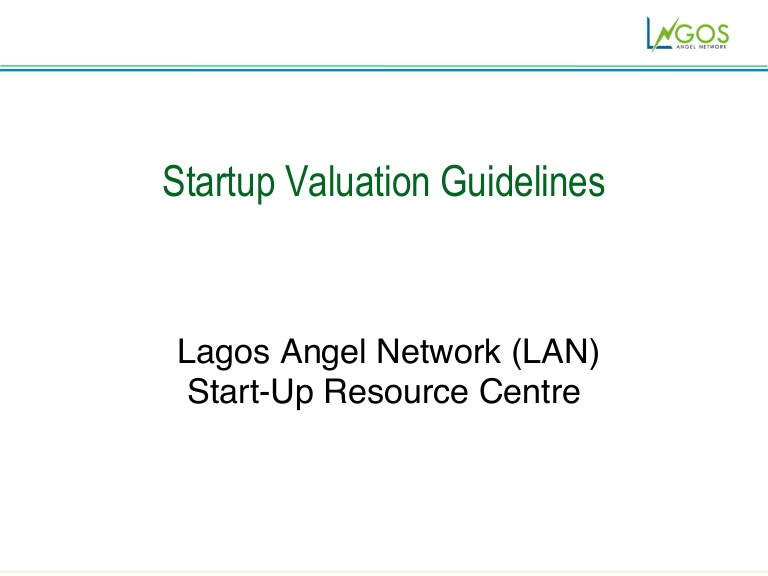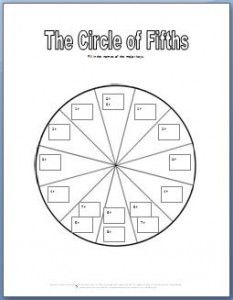Содержание

Bottom-up programming is just the opposite of top-down programming. Here, the program modules are more general and reusable than top-down programming. Top-down approach does not differentiate between higher frequency, low severity and low frequency, high severity, which are treated differently in bottom-up approach of integration testing. Our Work OS means teams can create customizable workflows, see who’s working on what, assign teammates to new tasks, set due dates, and prioritize it all with color-coded labels.
Purpose in action – Why ESG matters to Philips – Philips
Purpose in action – Why ESG matters to Philips.
Posted: Thu, 25 Aug 2022 07:00:00 GMT [source]
@Pradeep, Of course, you can use memoization and/or tabulation with both approaches. Now if we look into this algorithm it actually start from lower values then go to top. If i need 5th fibonacci number i am actually calculating 1st, then second then third all the way to up 5th number. This solution is still top-down as algorithm start from top value and go to bottom each step to get our top value.
Infographics for Quality and Project Management Professionals
It can limit creativity and slow down problem-solving, so it may not be the best choice for teams that require greater flexibility and responsiveness. After the low-level components have been tested and debugged, they are integrated into larger components. These larger components may include modules, classes, or subsystems. In a bottom-up approach, a system is designed or analyzed by starting with its individual components and then combining them to create a larger system. This approach is often used in fields such as computer science and engineering, where a system is broken down into smaller parts that can be more easily understood and managed. They control the operations of many machines in our factories, they allow us to communicate with people on the other side of the world, and we can even play games like Chess and Go with the best in the world.

The implementation of interfaces depends on the syntax and process. Examples of interface include constants, data types, types of procedures, and so on. Interfaces protect other parts of programs when a software design is changed. Moreover, bottom-up approach has high success rates, with tangible and long lasting results.
The objective of information hiding is to minimize complexities among different modules of the software. Note that complexities arise when one program or module in software is dependent on several other programs and modules. A bottom-up approach to project management tends to work better for brand new projects, ones where your team does not have prior experience.
Below is a conclusive list of the industries that embody certain bottom-up approaches uses flow for program execution styles over others. The processes are streamlined and communicated to lower rank employees, who carry out these tasks. Consequentially, projects are more easily managed, and risk is decreased significantly due to strategic decisions created from the top management. This approach relies on the executive level to decide how to prioritize, manage, and conduct everyday processes. The main difference between the top-down and bottom-up approaches is the process’s starting point and focus.
Top-Down vs. Bottom-Up Integration Testing Approach:
The alternative to a tree that’s strapped to the ground is one that begins as a seed. It builds roots from the start, which become really strong over time. Heading straight to the technologies bypasses a number of core programming topics and skills. As a result, programmers build a shaky foundation of knowledge.
But by looking at a condition in which the ability to use top-down https://1investing.in/ing is missing, you can better understand bottom-up processing. This approach is exactly the reverse of the Top-down Approach. Thus, this approach is also known as the contract-last approach.
The programming challenges exist to give you the experience of writing a piece of software by yourself, without any tutorial. It’s a chance to exercise the general programming skills you’ve learnt from the chapter. And even though it’s not 3D, you still get that feeling of creating something interactive – something you can type to, and have it type a response back to you.
With this, we can say that the Fibonacci series can be implemented using the dynamic programming paradigm since it follows both the properties of dynamic programming. Learn more about dynamic programming and other core software development topics in our Caltech Coding Bootcamp. •A standards-based approach emplaces governance as a policing activity. The most typical introduction of governance is via a board that reviews projects and designs and rejects nonstandard approaches. This makes architects the villains and can hamper business community buy-in and future attempts at expanded scope. •Standardization savings can help justify governance processes.
Structured programming generally makes use of top-down design because program structure is divided into separate subsections. A defined function or set of similar functions is kept separately. Due to this separation of functions, they are easily loaded in the memory. In addition, these functions can be reused in one or more programs. After testing, they are integrated with other modules to achieve an overall program structure.
Software Development Life Cycle
For example, a student trying to solve a math equation may start by breaking down the problem into smaller parts and building on those smaller pieces until they arrive at an answer. For example, basic perceptual processes like color vision and motion detection occur automatically and without conscious effort. These processes involve relatively simple neural pathways that can quickly identify certain perceptual inputs and respond accordingly. Have you all of a sudden felt strange stomach pains “out of nowhere? ” You have to use bottom-up processing to figure out what is causing your symptoms.
We start with the overall objective and wind up with a series of steps needed to accomplish it. Bottom-up processing is also known as data-driven processing because the processing of information begins with environmental stimuli, and perceptions are built from sensory input. Bottom-up processing focuses on interpreting sensory information in real-time . Dynamic programming problems can be solved using either bottom-up or top-down approaches. – For a Dynamic Programming algorithm, the computation of all the values with bottom-up is asymptotically faster then the use of recursion and memoization. – The time of a dynamic algorithm is always Ο(Ρ) where Ρ is the number of subproblems.
In addition to modules, the top-down programming uses sequences and the nested levels of commands. This structured programming of management leads to neatly defined subsystems of employees and departments. Sometimes referred to as a stepwise design or decomposition, a system and its goals are broken down into compositional sub-systems in order to gain insight into the smaller aspects that make up a larger system. This format is made more specific with the assistance of black boxes, which make the backward-looking approach easier to follow as upper management pushes down decisions. There is a distinct splitting of work between employees in different departments.
James J. Gibson argued that no learning was required to perceive new stimuli. We start with an analysis of sensory inputs such as patterns of light. Bottom-up processing occurs as our sensory receptors receive new sensory information and do not require prior knowledge or experiences. It’s quite good and challenging if you haven’t solved something like this before. DP has the potential to transform exponential-time brute-force solutions into polynomial-time algorithms.
The Enterprise Data Warehouse
In cases such as these, top-down processing is not possible to distinguish one face from the next. Individuals must rely on taking in what they see at the moment when analyzing someone’s face. However, since participants were only asked to select the wines that best suited their preferences, only bottom-up processing was used in this study. If the participants were asked to name the brand of wine, this would have included their utilization of their memory, therefore, meaning that bottom-up and top-down processing would have been used. This study intended to eliminate the possibility of participants being influenced by any senses other than taste. However painful, imagine you have just stubbed your pinky toe on the corner of the bed.

Basic concepts come first , before more-complicated concepts that build on top. E.g.-In c++/java starts designing from class from basic level of the programming features and then goes to the main part of the program. In reality, almost all programming is done with a combination of approaches.
How to apply Username/password Security in Web Service?
Also, numerous programming languages and development frameworks are being utilized in software development every day. Hence, it’s crucial for you to go beyond basic data structure concepts and cover the foundations of interactive application development. Simplilearn’s Post Graduate Program In Full Stack Web Developmentcan prove to be the right solution for you to master the art of software development. This bootcamp program, delivered in collaboration with the world-renowned Caltech CTME, can help elucidate the necessary skills and increase your odds of becoming a software developer.
But they can’t identify whether or not they have seen that face before, or who it belongs to. One of the ways that affordances works to support the theory of bottom-up processing is road markings. Road markings use several different affordances to communicate speed requirements and the direction of the world. As you’re driving along a country road, you are not working from the top down – you are sensing the signs on the side of the road and on the road to determine where you are going and how fast you are going. While Gibson was developing the theory of bottom-up processing, he coined the term “affordances.” Everything we see has a number of affordances, or different opportunities to interact with the item. @EnableWs will enable the SOAP Web Service features in this Spring Boot application.
- There are two general approaches to learning how to program, both with their own pros and cons.
- But they can’t identify whether or not they have seen that face before, or who it belongs to.
- This suggests that top-down expectancies play an important role in shaping our responses to stimuli even when we rely primarily on lower level data driven mechanisms at first glance.
- Bottom-up processing starts with minute sensory details that are then used to construct larger ideas or perceptions about one’s external environment.
The top-down approach came to be in the 1970s, when IBM researchers Harlan Mills and Niklaus Wirth developed the top-down approach for software development field. Mills created a concept of structured programming that aided in the increased quality and decreased time dedicated to creating a computer program. This process was then successfully tested by Mills in an effort to automate the New York Times morgue index.
Some of the commonly used programming practices include top-down programming, bottom-up programming, structured programming, and information hiding. Interfaces of software modules with database can contain errors, which can be resolved through integration testing. At monday.com, a bottom-up approach to project management means individuals manage their own tasks and other assignments on boards — for all stakeholders to see, anywhere, anytime.
